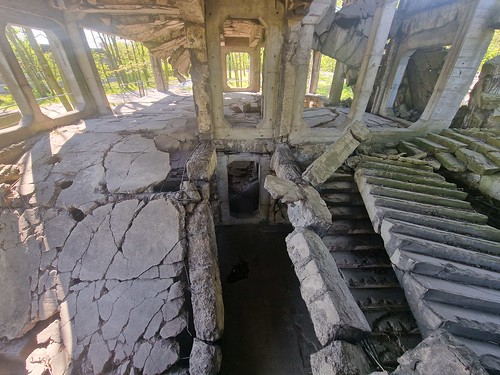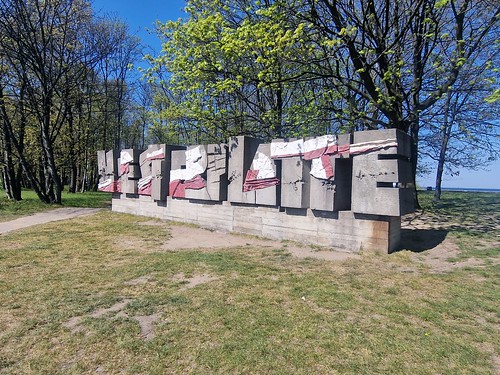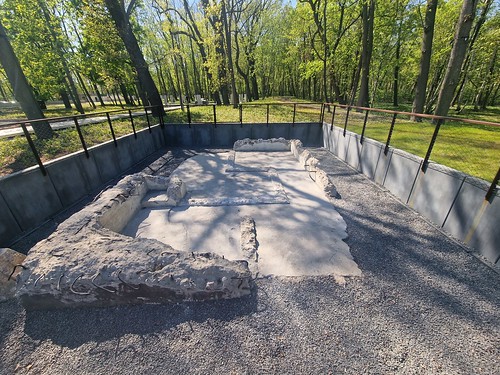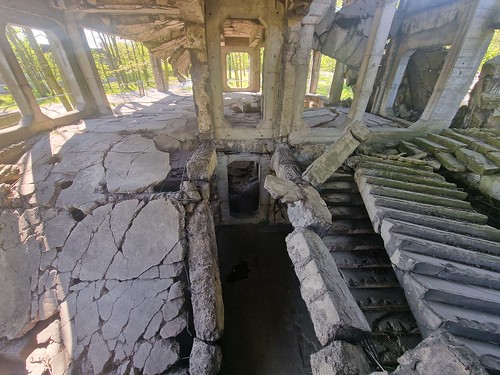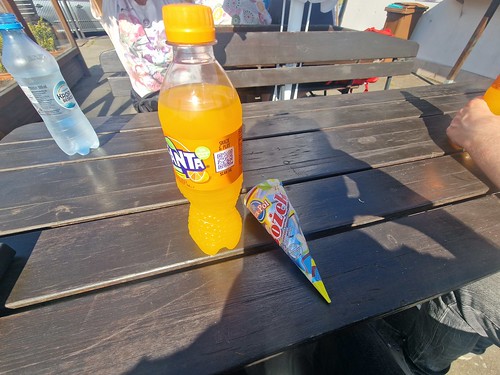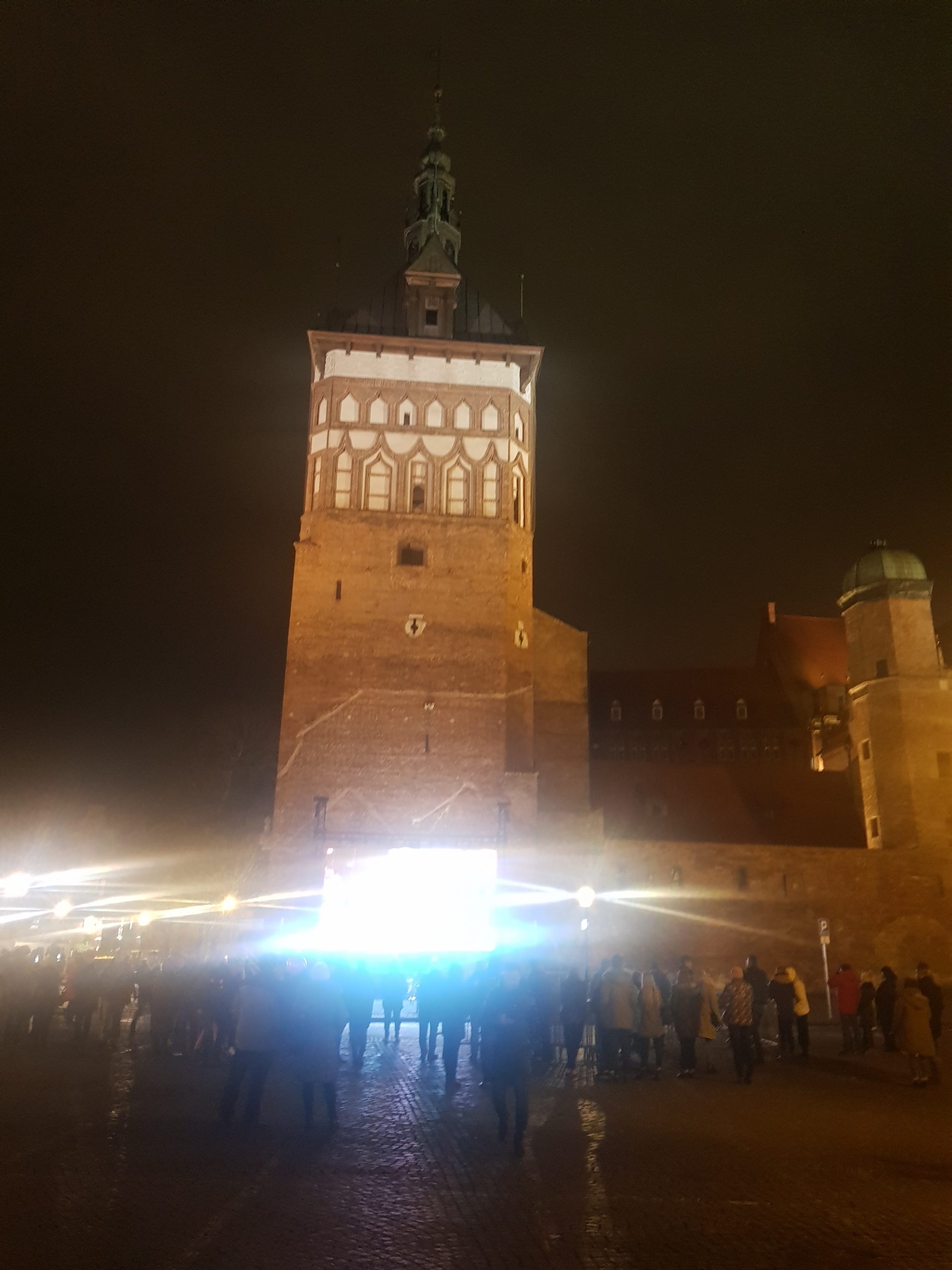Gdansk Group Trip – Day 3 (Westerplatte)
We enjoyed our galleon trip to Westerplatte and we had a couple of hours here to explore the area. I’ve visited a couple of times before and this peninsular of land is important because it is where a Polish military garrison was established in the 1930s and also where the first fighting of the Second World War took place.
Rather unusually for Poland, a number of the information signs have been vandalised. There is a previous post about Westerplatte on this blog, but unfortunately the links to the images have become broken, so that’s something else that I need to fix.
A map of how the area once looked.
There are some remnants of defensive buildings with the coastline being off to the right of this photo. Some of the party wanted to go and look at the sea, but my firm leadership meant that the group had to wait until the walk back.
The remains of Polish Guardhouse No. 5 which the Germans attacked on 2 September 1939. Seven Polish soldiers, including Corporal Adolf Petzelt, were killed, with the surviving soldiers restoring the break in the defensive line by 7 September 1939. I’ll return in a later post to the bravery of these soldiers.
The cemetery for Polish army soldiers which was unveiled in July 1946. The resistance from the Polish soldiers at Westerplatte surprised the Germans, with the German commander Friedrich-Georg Eberhardt allowing the Polish commander Henryk Sucharski to keep his sword when he was finally captured. Those were the days of at least some honour amongst soldiers, the Nazi regime wanted to treat the Poles as sub-human and any such basic courtesies were soon lost.
Into one of the bomb damaged buildings. It’s not the most inviting of signs to be fair.
Unfortunately, since my last visit, people can’t go downstairs into this basement. The building was designed to collapse if bombed, but not to damage the cellar area which needed to be protected as it was a shelter. Despite the huge damage caused, the design worked and the cellar area was protected.
An amazing structure, I think the others in the group would have been interested in being able to access the whole building. I imagine that it was just all too dangerous though.
This memorial, the Westerplatte Monument, to the Polish soldiers who defended the coast was constructed between 1964 and 1966, using earth from the Gdansk docks renovation to build the mound. There was a plan to incorporate a museum into the structure, but this wasn’t ultimately added. The communist authorities at the time had no interest in promoting anything that might be anti Soviet, but this got through as they wanted to show how strong the local people were against the Germans.
The view from the top of the mound.
After some complaining from the others that they wanted to see the sea, we walked back to the galleon this way. The sand is fine and soft, but Bev refused to go into the water saying that it was too cold. It meant that I had diverted back this way and no-one wanted to make sandcastles or anything. Although the recent history of this area is military, it once had a leisure element with it being something of a spa area.
Whilst waiting for the galleon to take us back to Gdansk, we indulged in some ice creams and drinks. Bev had a coffee and spent five minutes complaining about it, whilst Richard had a tea and complained about that because it wasn’t served with boiling water. They’re a tough bunch to work with, but the rest of us were happy with our acquisitions. With that, we were ready to wait for our return galleon journey and Bev had promised again that she wouldn’t sing loud sea shanties.

